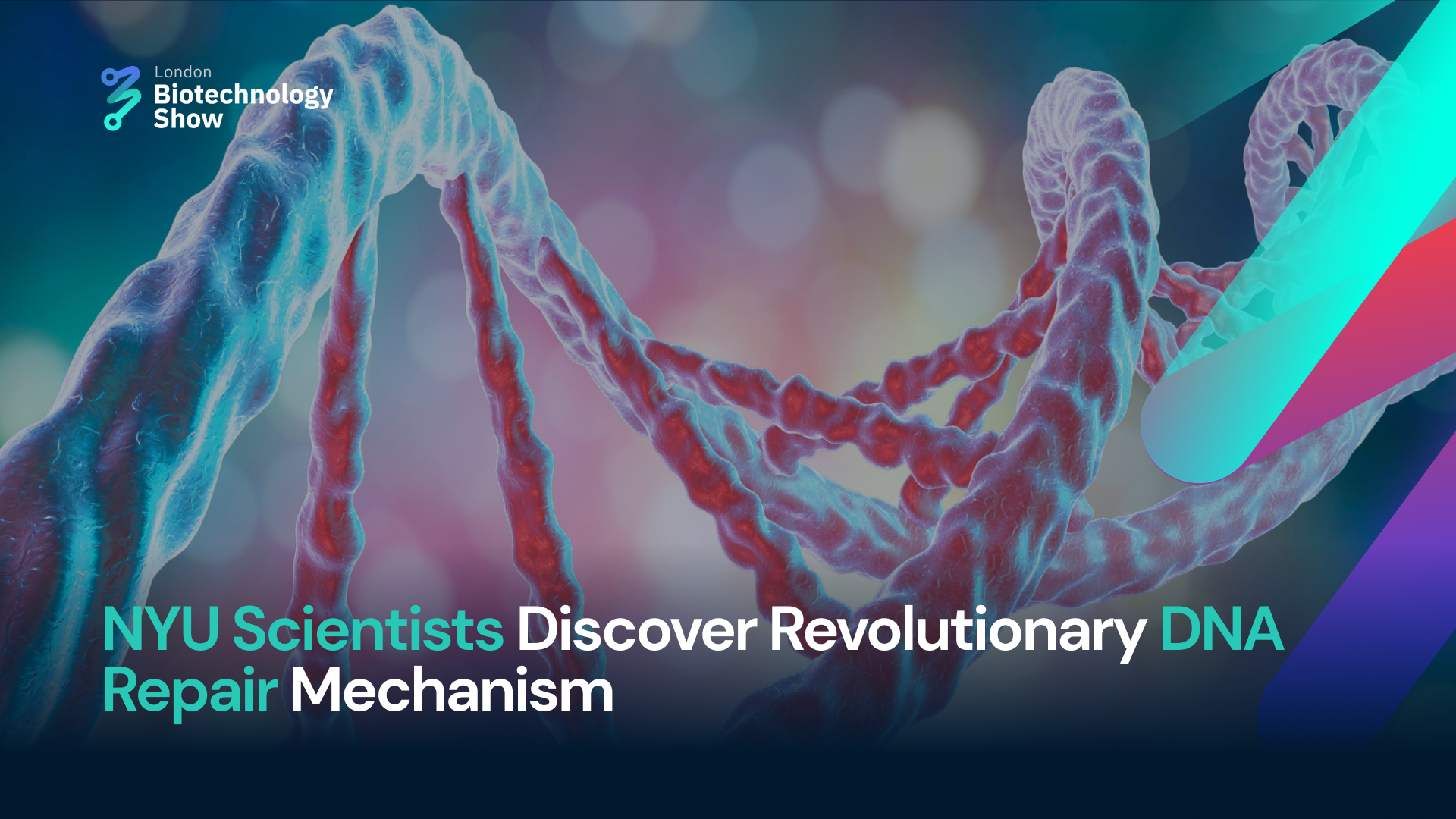New York, 17 May, 2023: A new study contributes to an emerging and transformative understanding of how bacterial cells continually repair flawed segments within their DNA.
Published in a research article, Journal Cell, researchers have unveiled a newly discovered DNA repair mechanism. This mechanism specifically targets the erroneous inclusion of ribonucleotides, a specific type of molecular building block, in genetic codes. Mistakes involving ribonucleotides commonly occur during the process of copying genetic codes in the bacteria and other organisms. These errors can lead to harmful changes in the DNA code, such as mutations and breaks. To counteract this, all organisms have evolved a DNA repair pathway known as Ribonucleotide Excision Repair (RER), which efficiently corrects these errors.
In the past year, a research team led by Dr. Evgeny Nudler, the Julie Wilson Anderson Professor in the Department of Biochemistry and Molecular Pharmacology at NYU Langone Health, conducted two studies examining the process of DNA repair in living E. coli cells. The studies revealed a fascinating mechanism in which the identification and repair of specific types of DNA damage, particularly bulky lesions caused by UV irradiation, are facilitated by a protein machine called RNA polymerase. As RNA polymerase travels along the DNA chain, deciphering the genetic code to transcribe instructions into RNA molecules for protein synthesis, it also plays a crucial role in identifying damaged sections of DNA for subsequent repair.
Nudler and colleagues discovered that while carrying out the transcription process, RNA polymerase identifies DNA damages and acts as a foundation for the formation of a DNA repair mechanism known as the Nucleotide Excision Repair (NER) complex. The NER complex subsequently removes defective sections of DNA and replaces them with precise copies. In the absence of RNA polymerase activity, there is minimal or no NER activity observed in bacteria.
The research presents the initial proof indicating that transcription and the RER pathway exhibit a close association, similar to the NER pathway. The study's authors discovered supporting evidence that RNaseHII, the pivotal enzyme in RER, collaborates with RNA polymerase during its examination of DNA chains in live bacterial cells to identify ribonucleotides that are inaccurately incorporated.
"Our results continue to inspire a rethinking of certain basic principles in the DNA repair field," says Nudler, also an investigator with the Howard Hughes Medical Institute. "Moving forward, our team plans to investigate whether RNA polymerase scans DNA for all kinds of problems and triggers repair genome-wide, not only in bacteria, but in human cells as well."
In the ever-evolving landscape of scientific discovery, this newfound DNA repair mechanism serves as a testament to human curiosity and the relentless pursuit of knowledge. It reflects the incredible potential that lies within our own genetic blueprint and the boundless possibilities that await us as we unlock the secrets of our cellular mysteries.

